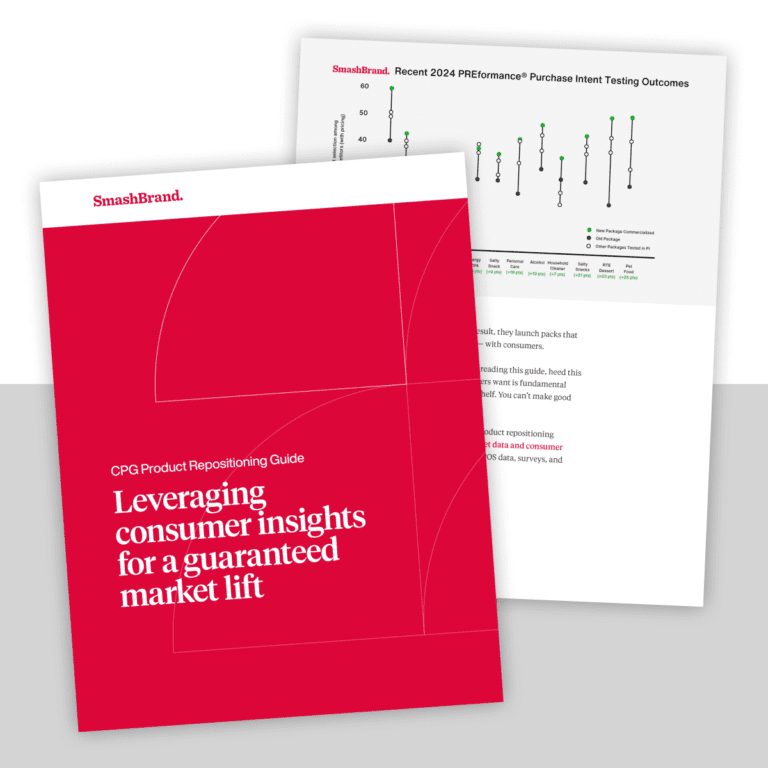In our ongoing series exploring how to exploit consumer sentiment to drive up sales, we will now delve into the topic of charities, and how philanthropic affiliations can earn your company sweet, sweet cash.
We’re only kidding, naturally (not really). However, it is a fact that customers like companies with heart. Be honest, if you were given a choice between a product that merely promised to give you the best value for money and a product that promised to donate a portion of the profits to a baby otter rescue fund, you’d buy the hell out of the baby otter product, wouldn’t you? Of course you would; you’re a gentle, caring human being.
As a product packaging design agency, we’ve helped many brands improve sales performance and one of the ways is through testing product bundling. Profit bundling helps boost product sales significantly, so if you use those baby otters to your benefit, it’s important to use your packaging and labeling space to note your altruism clearly. Some companies even dedicate most of the label to their charitable vision. Ever heard of the Kombucha Dog?
The Kombucha Dog
For those of you who don’t know, Kombucha is the product Lindsay Lohan blamed for one of her many failed sobriety tests. It is also a fermented tea beverage that raw foodists hold dear. Several years ago, a dog-lover, professional photographer and kombucha enthusiast decided to manufacture his own kombucha brand with a picture of a homeless dog in need of a family on every label. Heartwarming, huh?
The Kombucha Dog is an example of how product labeling real estate can not only be used to delineate your company’s brand in the corporate sense, but also to give potential customers an idea of your worldview. Every Kombucha Dog label features a different dog in need of a home. What better way to endear yourself (and your brand) to a legion of animal lovers?
Broaden Your Brand
Uniting your brand with a cause helps expose it to a wider variety of consumers than traditional marketing. People passionate about a cause tend to gather behind companies with similar philosophies. However, if your company manufactures a product that is very specific to a certain demographic (such as feminine hygiene products), you will be best served by using your package space to support a cause that your market will appreciate; if your company is affiliated with causes that are highly charged politically, you will only succeed in alienating a segment of your customer base by specifying that fact on your label. We’re not suggesting that you only support charities that provide elegant tie-ins for your product, just that there are certain causes that marry well with certain products. Joining Habitat for Humanity with hardware materials is good. Joining anti-obesity charities with premium ice cream, maybe not so much.
It’s also important that the support is genuine. Any indication of using altruism for personal gain will certainly be read as a dubious ploy.
Luxury Items, Plus Charity, Equals Less Guilt
People feel better about purchasing impulse or luxury items if some profits go to a good cause. Some people might be on the fence about spending an absurd amount of money on an item they don’t need while there is so much deprivation in the world. However, if some of the money you spent goes to help deprived people, then all is well, in the grand scheme of things. You get a $700 pair of aviator sunglasses, and a Bulgarian child gets a new pair of shoes. Everybody wins!
So, to sum up, affiliating your product with a charity is a noble and righteous thing to do for the good of humanity and your revenue stream. It is important to tie an appropriate charity to your product to serve the charity and your brand best. Finally, Lindsay Lohan was drinking nothing but kombucha as far as we’re concerned, and we defy her lawyers to prove we said any different.
Data-Driven Brand Development
Want a best-selling brand? SmashBrand is a brand development agency for FMCG and CPG companies. From brand strategy to packaging design testing, our Path To Performance™ process guarantees a retail performance lift. Book a time to discuss your project with our team.
Subscribe to
Nice Package.
SmashBrand’s Nice Package: Stay current with our latest insights
Free Resource.

CPG product repositioning guide.
Explore the five undeniable signs your CPG product needs repositioning along with strategies for leveraging consumer insights for a guaranteed market lift.
Download Whitepaper About CPG product repositioning guide.